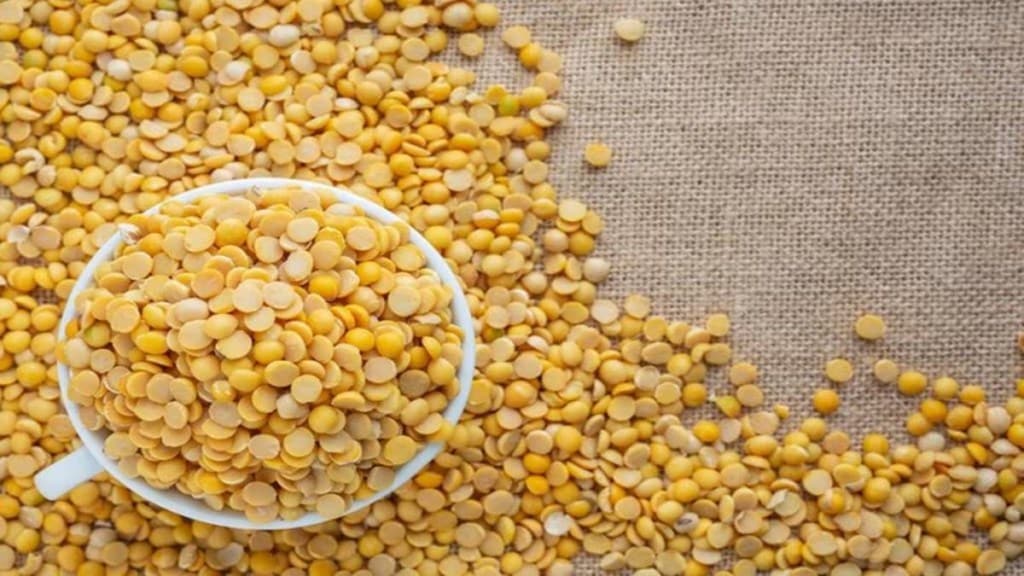To boost farm gate prices of pulses, the government has imposed a 30% import duty on yellow peas used as a cheaper substitute of chana, largely used in the food processing industry from November 1 ending duty free imports allowed since December, 2023.
According to a finance ministry notification on Wednesday, yellow peas import will attract 10% import duty and agriculture infrastructure development cess of 20%.
Duty effective on shipments after November 1
The import duty will be applicable for those consignments loaded from the origin country after November 1.
Earlier, India Pulses and Grains Association (IPGA) had earlier stated that continuance of dumping of the cheap imported yellow peas would keep the mandi prices depressed and would discourage farmers to grow chana, which accounts for about 50% of the country’s pulses production.
“The market prices of pulses will get a boost with imposition of duties on yellow peas and it would also boost rabi or winter sowing of pulses,” Satish Upadhyay, secretary, IPGA, told FE.
Rabi crops sowing which include major pulses varieties like chana and masoor is expected to commence shortly.
The yellow peas, which is currently being imported from Russia and Canada at around $ 340/tonne – $360/tonne or around Rs 300/quintal – Rs 3400/quintal is being widely used as ‘besan’ (chickpea flour) for making snacks. The landed prices of yellow peas were below atleast 50% below the market prices of all varieties of pulses
Duty free imports were allowed as the government wanted to improve domestic supplies of chana, due to a decline in production in 2023-24 crop year (July-June) to 11 MT from 12.26 MT in 2022-23 crop year.
Stating that the government’s notification brings much-needed clarity to the yellow pea import policy, Harsha Rai, Head, Mayur Global Corporation, a leading pulses trading firm, said this transparency helps importers plan better and encourages Indian farmers to consider yellow pea cultivation in the upcoming rabi season.
An estimated 4 MT of yellow peas have been imported since December 2023.
Trade sources said currently around 0.3 MT of the pulses variety are in transit from Canada.
In December 2023, the government had allowed duty free import of yellow peas and the relaxation was extended from time-to-time.
Earlier an import duty of 50% was imposed on the pulses’ variety to encourage domestic production of chana in 2017.
CACP seeks higher import duty and ban on yellow peas
The Commission for Agricultural Costs and Prices (CACP), which recommends minimum support price (MSP) of crops to the government, recently called for increasing the import duties on several pulse varieties such as gram and lentils and imposing complete ban on yellow peas imports.
The CACP in its report titled ‘price policy for rabi crops: the marketing season 2026-27’ – had criticised the government frequently resorting to duty-free imports of key pulses, leading to depressed local prices that are hardly remunerative to farmers.
The report stated that between 2020-21 and 2024-25, import dependency in pulses increased from 9% to 23.1%.
With a share of 29.5% , yellow peas had the largest share in total pulses imports in 2024-25, followed by gram (22%), tur (16.7%), lentil (16.6%) and urad (11.2%).
Currently, duty-free imports of tur and urad has been allowed till March 31, 2026, bengal gram and masoor has imported duty of 10% valid till end of FY26.

